In industrial operations where extreme corrosion, high purity requirements, and long-term reliability converge, selecting the right materials and component architecture is paramount. One solution that has quietly revolutionized engineering in harsh chemical environments is the tantalum loose lined channel. Combining the mechanical strength of structural metals with the exceptional corrosion resistance of tantalum, this composite system provides a unique pathway to both performance and cost-efficiency. This article Qiwei delves deeply into the structure and applications of the tantalum loose lined channel, offering high-level insight into why it is increasingly favored by engineers and designers across the globe.
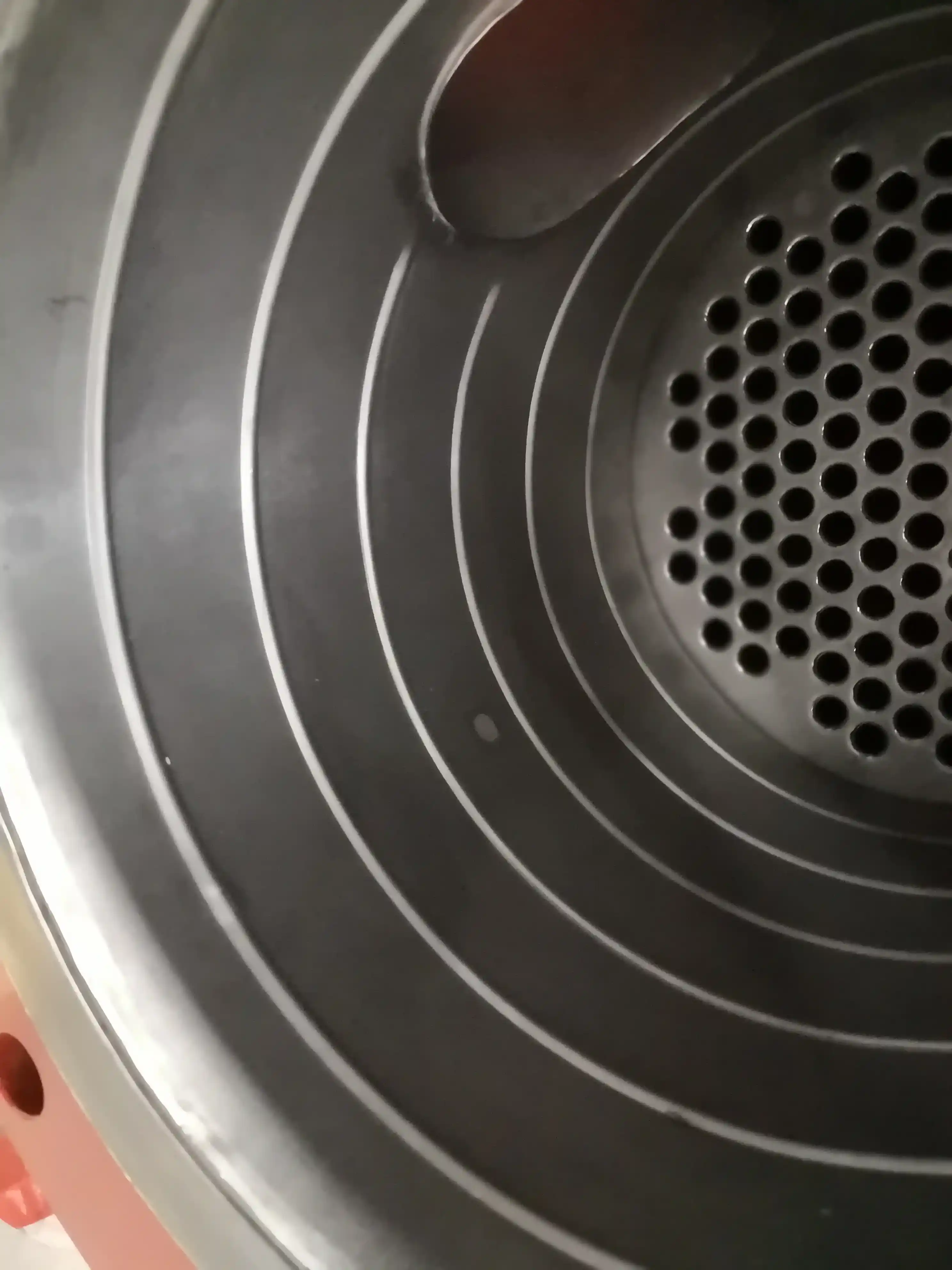
Structure of the Tantalum Loose Lined Channel
The architecture of the tantalum loose lined channel is deceptively simple yet highly engineered. It begins with a channel fabricated from a base material such as stainless steel, Inconel, or titanium—chosen for its mechanical strength, thermal conductivity, and fabrication versatility. Within this channel lies a precisely fitted tantalum liner. Unlike bonded liners or claddings, the tantalum liner in this configuration is loosely inserted. It is typically retained by mechanical constraints such as compression fits, folded lips, tabs, or overlapping seam locks.
This loose configuration is more than just an assembly technique—it is an adaptive design philosophy. By allowing the liner and substrate to move semi-independently, the system accommodates differential thermal expansion and contraction during cyclic operation. This means fewer stresses develop at the interface, significantly reducing the risk of delamination, cracking, or liner rupture.
Moreover, the channel's geometry—whether U-shaped, rectangular, or custom-extruded—must be tightly controlled to ensure intimate contact between liner and base, which minimizes turbulence, vibration, and particulate entrapment during high-velocity flows. Engineers also often incorporate drain grooves, radiused corners, and anti-buckling ribs to enhance mechanical stability and flow dynamics.
The modularity of the tantalum loose lined channel also offers a strategic advantage: components can be pre-fabricated offsite and assembled or replaced in situ with minimal downtime. Whether used in a vertical distillation column or a horizontally running acid distribution trough, this channel type proves to be a highly flexible and scalable solution.
Primary Industrial Applications of Tantalum Loose Lined Channels
1. Chemical Processing and Acid Management Systems
Chemical plants, especially those handling highly corrosive substances such as hydrochloric acid, sulfuric acid, or nitric acid, rely heavily on the integrity of fluid transport and containment systems. The tantalum loose lined channel is a go-to solution in such environments. Used in heat exchangers, scrubber systems, and acid handling lines, these channels ensure unbroken containment while withstanding aggressive chemical attack over extended periods.
In acid regeneration units or chlor-alkali plants, conventional stainless steel or glass-lined components often fail due to pitting, cracking, or thermal shock. Tantalum-lined channels, by contrast, maintain stable operation for years, dramatically lowering the total cost of ownership. Furthermore, because the tantalum liner is not bonded, it can be replaced or reconditioned without needing to scrap the entire assembly.
The loose lined configuration is particularly beneficial in high-flow or cyclic systems, where expansion and contraction could cause bonded linings to separate or crack. By absorbing these dynamics within the mechanical interface, the tantalum liner remains stable and sealed, ensuring continuous protection.
2. Ultra-Pure Processing in Semiconductor Fabrication
Modern semiconductor manufacturing involves repeated wet etching and cleaning stages using highly aggressive chemicals like hydrofluoric acid, phosphoric acid, and hydrogen peroxide mixtures. In such processes, any contamination—even at the parts-per-billion level—can render wafers defective. The tantalum loose lined channel is deployed in exhaust ductwork, etching baths, and wet process benches where purity and corrosion resistance must coexist.
What sets tantalum apart in this domain is its cleanliness. Unlike plastics or coated metals, it does not outgas or degrade under UV or plasma exposure. The liner's smooth surface finish can be mechanically or chemically polished to achieve mirror-like finishes, further reducing the potential for contaminant accumulation.
Another benefit lies in its resistance to high-temperature sterilization or baking. Tantalum does not off-gas or warp under vacuum bakeouts, making it an ideal choice for cleanroom-grade chemical handling systems.
3. Pharmaceutical and Bio-Chemical Process Systems
Pharmaceutical manufacturing involves the handling of highly sensitive active ingredients and solvents that must remain uncontaminated throughout the production cycle. Regulatory bodies like the FDA and EMA require all contact surfaces to be biocompatible, non-leaching, and sterilizable. Tantalum fits all these criteria.
Tantalum loose lined channels are often used in solvent recovery units, neutralization tanks, and acid waste treatment lines. Because the liner can be precisely fabricated and fitted, it eliminates crevices and dead zones where bacteria or cross-contamination could occur. Its high resistance to CIP (Clean-in-Place) and SIP (Steam-in-Place) procedures makes it fully compliant with GMP standards.
Moreover, since the liner is detachable, it can be sterilized separately or replaced after each production batch, facilitating batch-to-batch validation and preventing cross-contamination in multi-product lines.
4. Aerospace, Nuclear, and Military Systems
While less common than in the chemical or pharmaceutical sectors, tantalum loose lined channels have niche applications in aerospace and defense. These include specialized coolant lines in satellite systems, chemical propulsion feed lines, and protective ductwork in nuclear facilities. In such applications, components are exposed to a combination of high heat, radiation, vibration, and corrosive fluids—an environment in which tantalum thrives.
The loose lined design is preferred for its maintainability and modularity. In systems where rapid part replacement is critical—such as field-deployed units or modular spacecraft assemblies—the ability to swap out liners without dismantling entire assemblies offers a major logistical advantage.
The tantalum loose lined channel is not merely a corrosion protection method—it is a systems-level solution that integrates mechanical engineering, materials science, and process reliability. It provides a rare combination of adaptability, longevity, and regulatory compliance in environments that challenge even the most advanced materials. By reducing lifecycle costs, enhancing chemical resistance, and simplifying maintenance, this channel design empowers industries to operate safer, cleaner, and more efficiently. Whether in the production of microchips, life-saving pharmaceuticals, or specialty chemicals, the tantalum loose lined channel is proving to be an irreplaceable asset in the global industrial toolkit.
https://www.tnztn.com/Unleashing-Durability-in-Corrosive-Systems-Tantalum-Loose-Lined-Channel.html
https://www.tnztn.com/Tantalum-Lined-Channel.html
www.tnztn.com
Wuxi Qiwei Nonferrous Technology Co., Ltd.
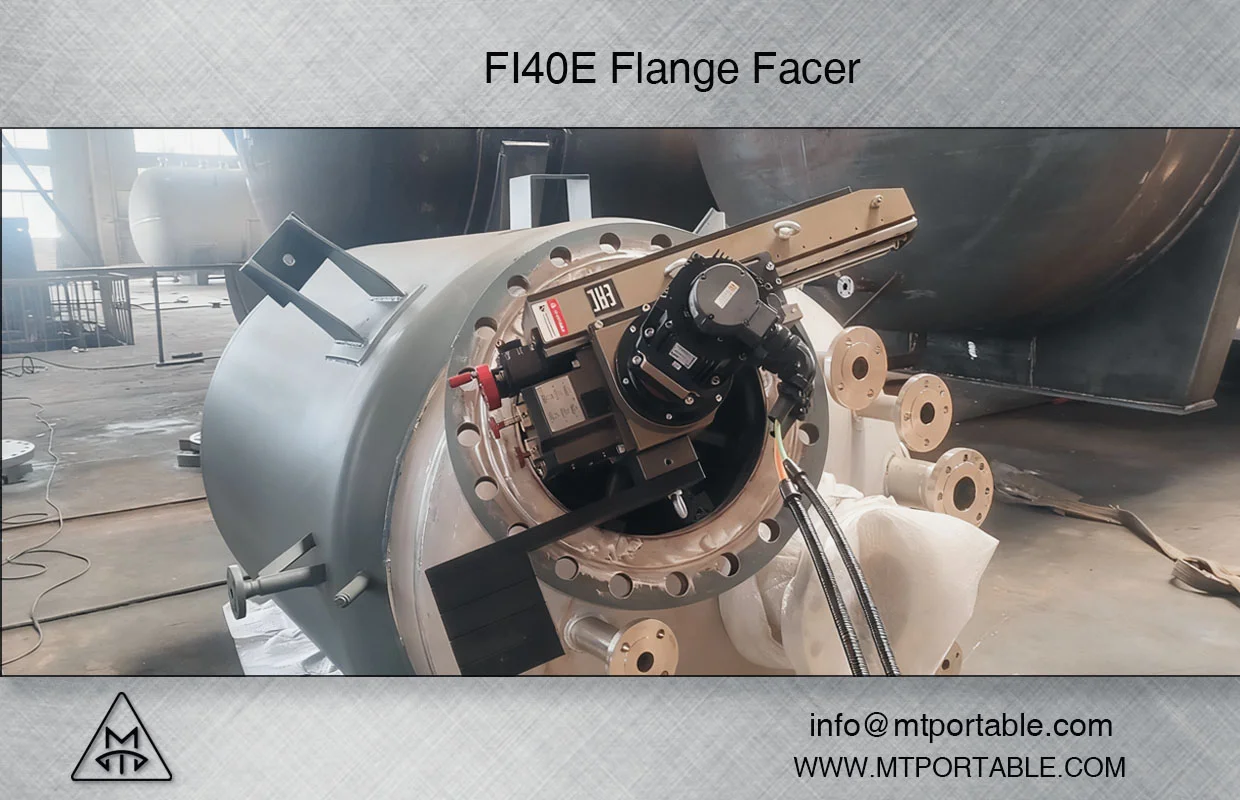
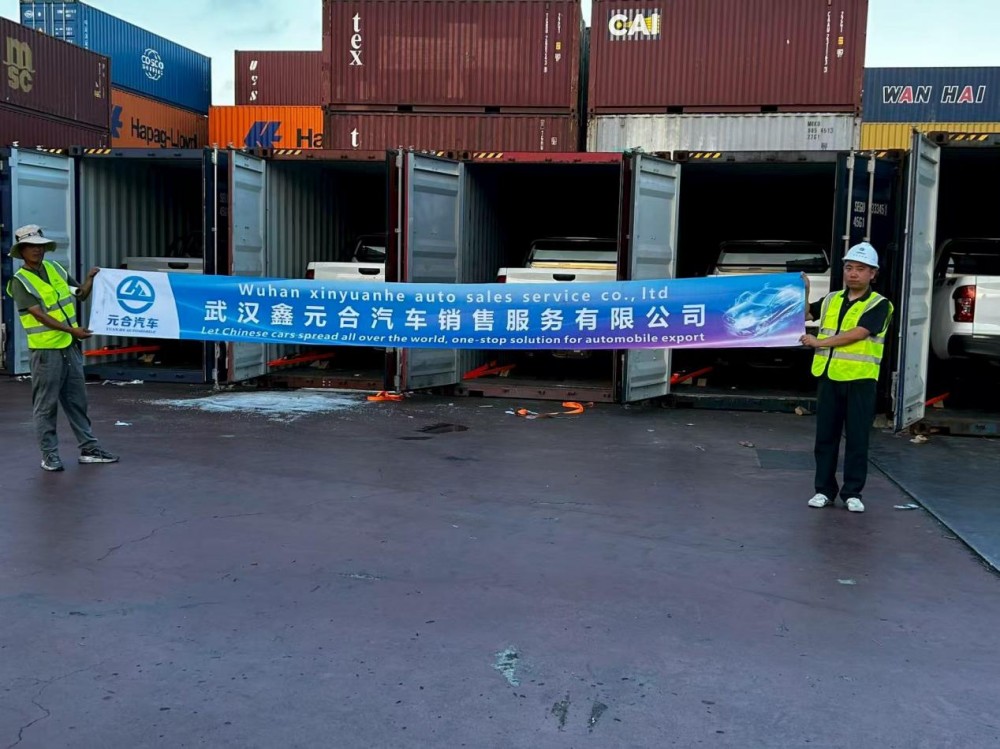
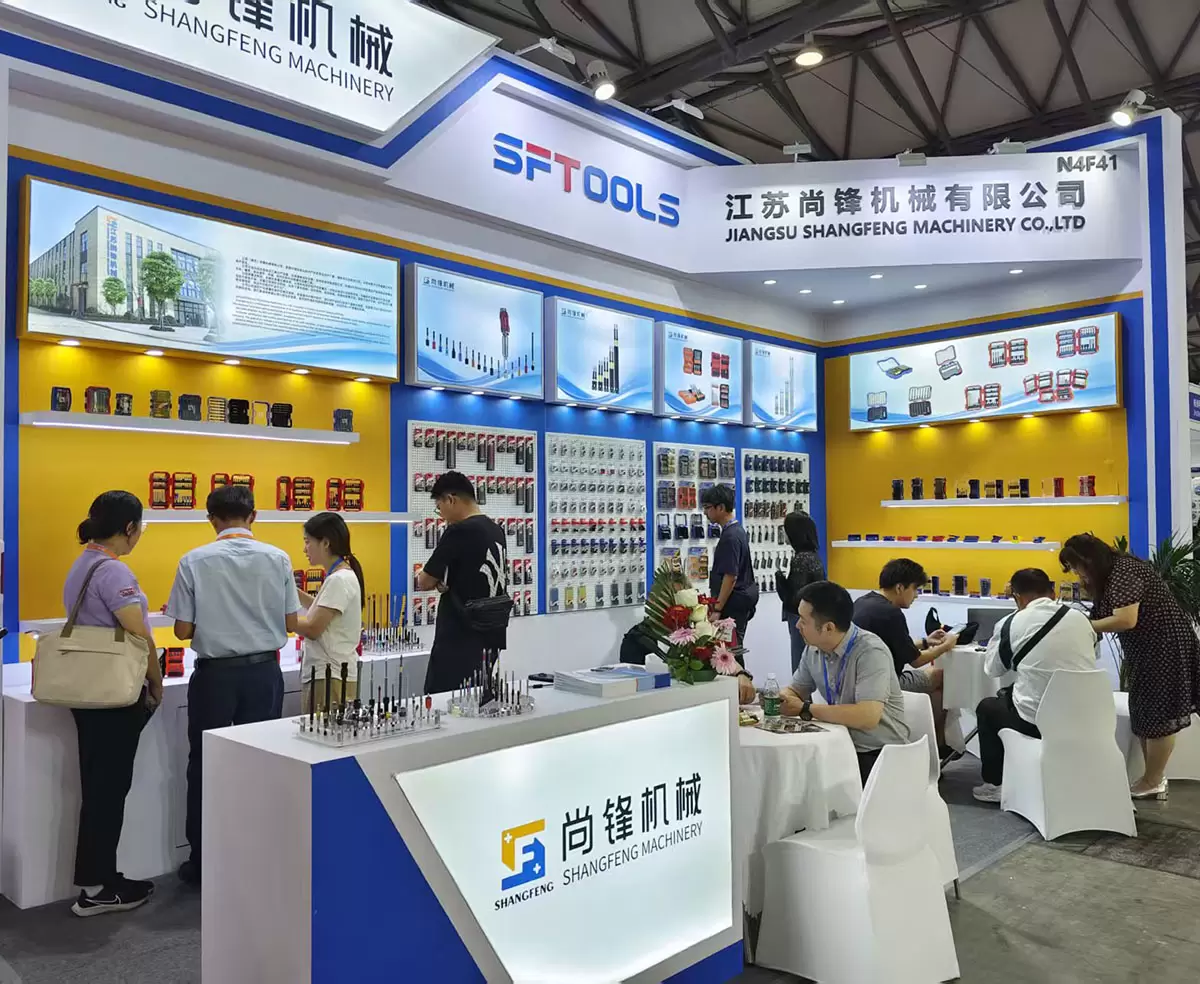
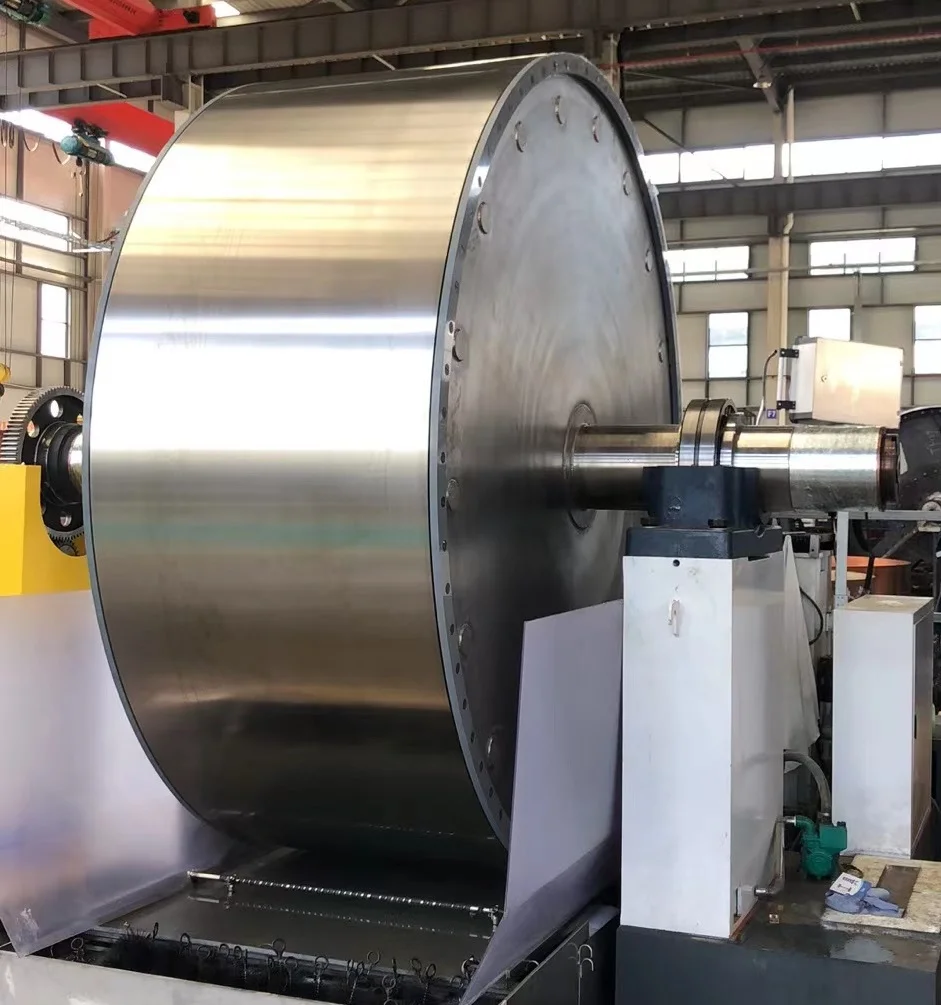

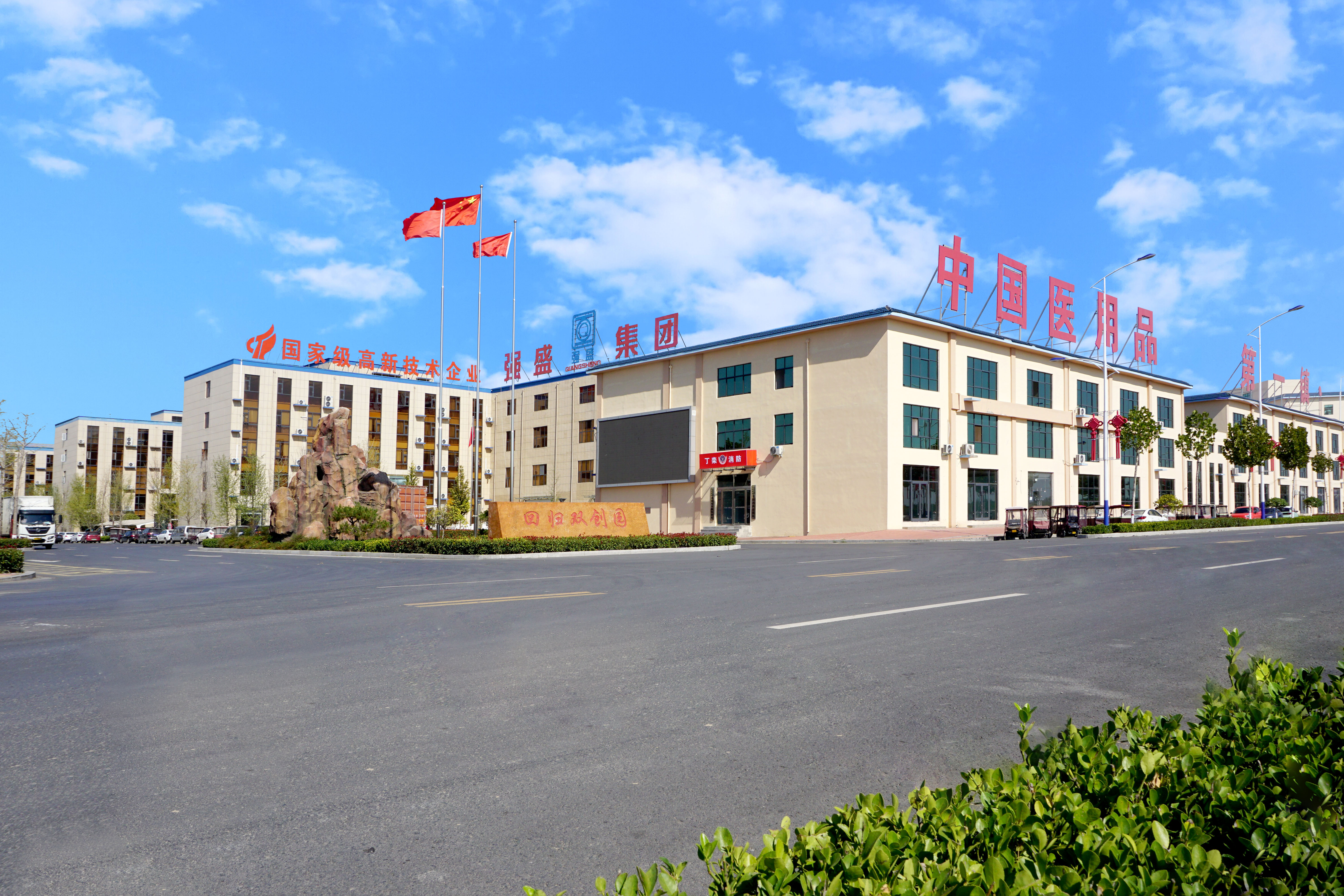

+ There are no comments
Add yours